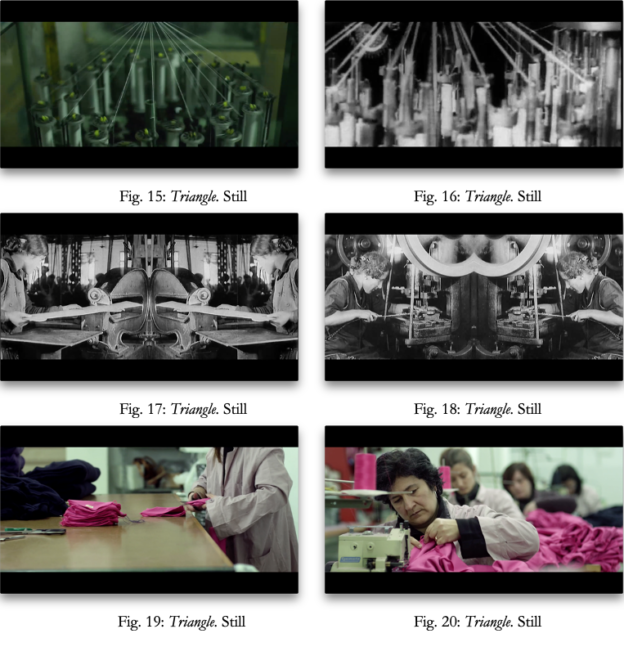by Valeria Castelli
This article examines Costanza Quatriglio’s use of found footage in Triangle (2014). This documentary film deals with the collapse of a building in Barletta in Apulia in 2011, in which four female textile workers and the factory owner’s daughter were killed. These deaths in the workplace are correlated with the notorious case of the victims of the fire at the Triangle Waist Company factory in New York in 1911. Quatriglio creatively uses found footage to persuade viewers of the similarities between the two accidents at work, and of the differences in their legacies. She also exploits the iconicity of found footage, and reflexively plays with the viewers’ memory of early cinema. As argued in this essay, Quatriglio carefully crafts the “eloquence of found footage” to question viewers’ perception of the consequences of situations in which workers are illegally exploited, especially in the garment industry, in today’s Italy. Furthermore, Quatriglio uses found footage in her visual storytelling to convey to viewers her ethical responsibility towards the women represented in her documentary, and to offer a social and political critique.

